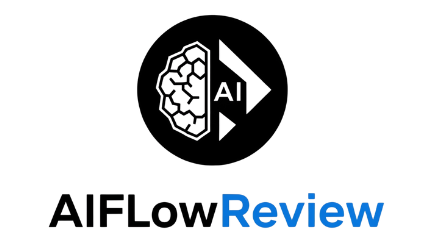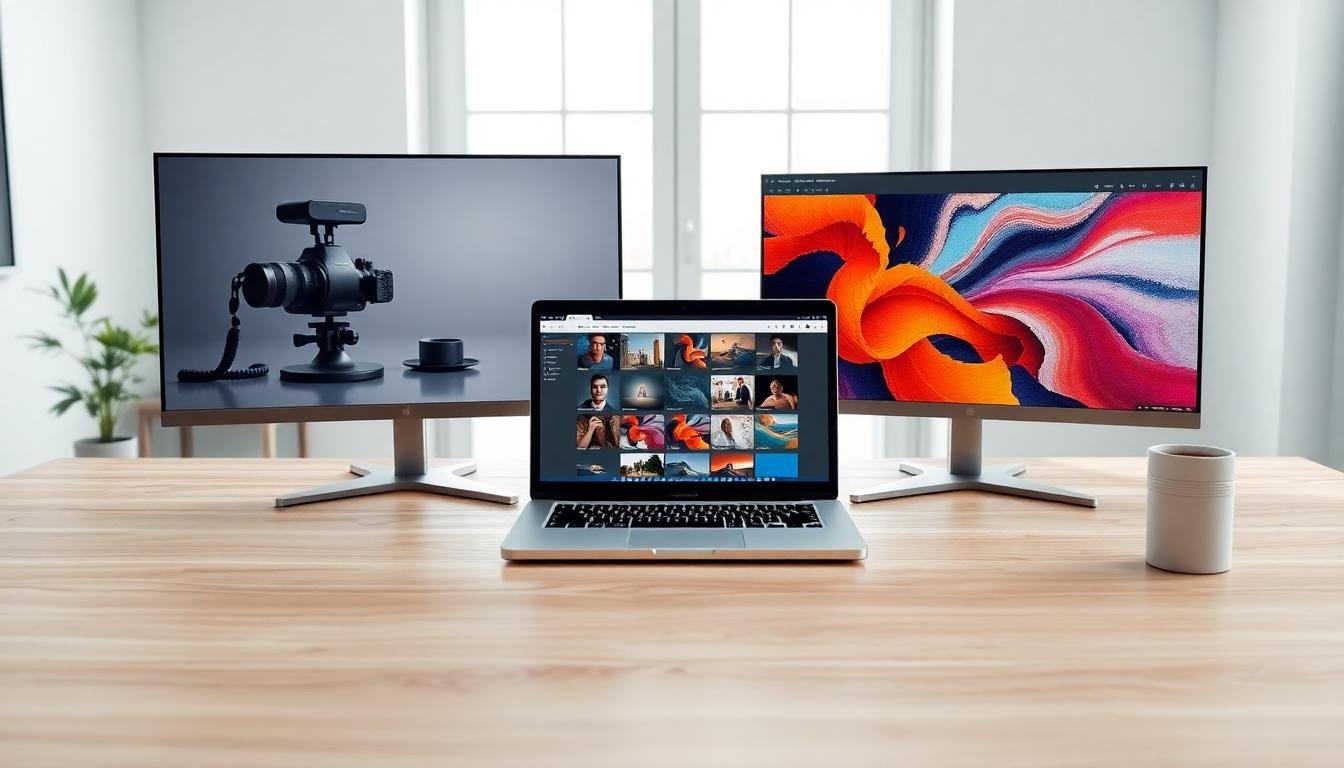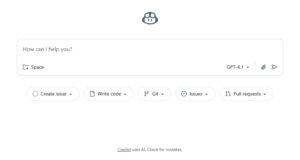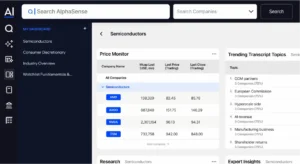If you’re a marketer or content creator, AI art tools are now core to daily workflows. The question isn’t if you’ll use them, but which one will actually produce results worth sharing. Two tools dominate these conversations right now: Leonardo AI and Midjourney. Both have standout reputations, but their strengths aren’t identical.
This post offers a no-nonsense side-by-side of leonardo ai vs midjourney for creators who actually need reliable, polished images. I’ll break down ease of use, feature sets, output quality, and pricing, showing where each tool shines or stumbles for real campaigns or brand work. In short: Leonardo AI is a leading pick for photorealistic, production-ready assets, while Midjourney is best for eye-catching, artistic visuals. If you want the details and practical trade-offs, you’re in the right spot.
For the hands-on pros hungry for more, you’ll also find deep dives linked throughout, including an in-depth Leonardo AI review 2025 and the latest Midjourney review 2025.
Overview of Leonardo AI and Midjourney
In the hotly contested world of AI art, Leonardo AI and Midjourney are two of the most talked about image generators among marketers, designers, and content writers. Both platforms tackle the same core need: turning your ideas into polished, scroll-stopping visuals with only a text prompt. For those comparing “leonardo ai vs midjourney” for the first time, it pays to understand each tool’s approach before investing too much time or money. Here’s an at-a-glance orientation to the essentials that matter most to pros who care about workflow friction, creative control, and, of course, results that actually look professional.
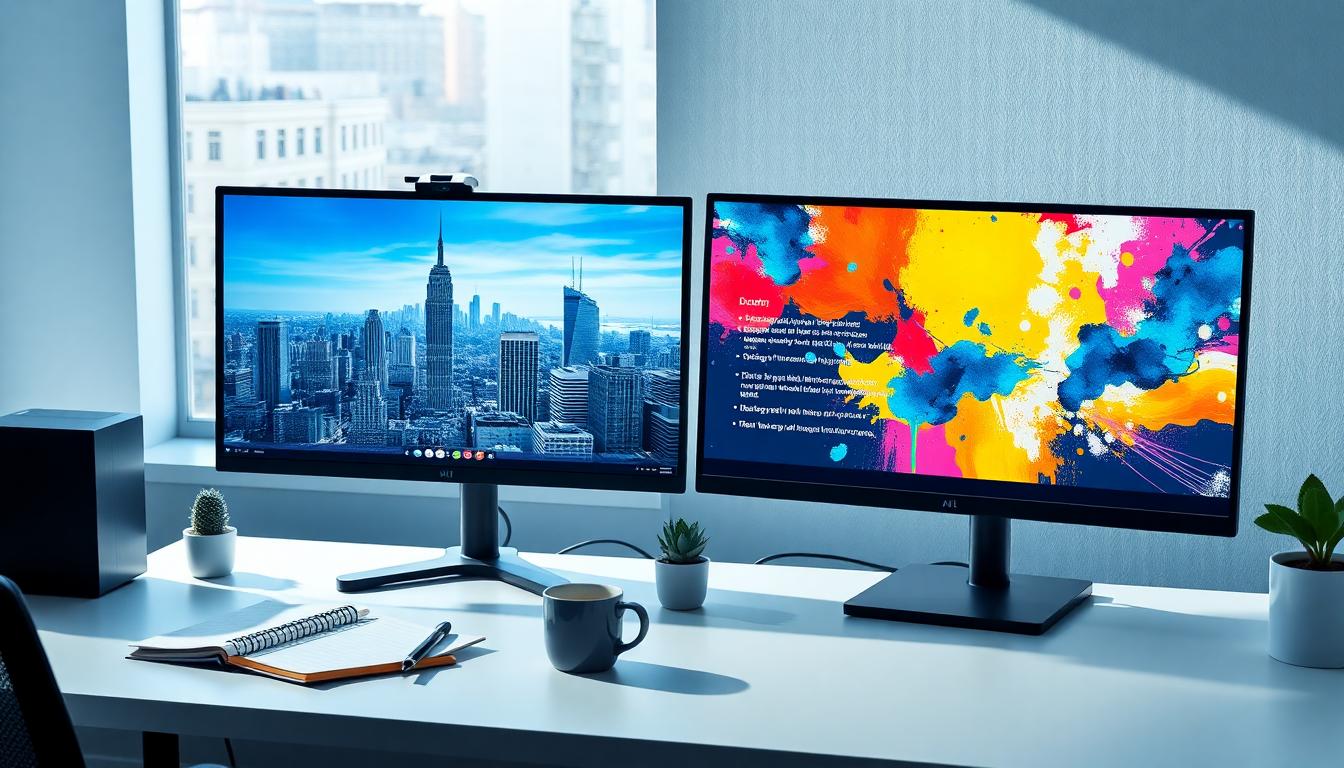
Image shows the kind of work you might produce with Leonardo AI (left monitor, photorealistic) and Midjourney (right monitor, artistic). Image created with AI.
What Is Leonardo AI?
Leonardo AI is laser-focused on delivering photorealistic assets for professional applications. It’s popular with marketers who need campaign graphics, social media images, and even product shots that don’t look “AI-generated” at a glance. In my experience, the platform stands out for:
- Detailed, lifelike visuals that can rival stock photography when prompts are dialed in.
- Intuitive web interface aimed at productivity, making it simple to iterate and upsize images for different uses.
- The ability to train or fine-tune models on your own branding or specific visual style if you’re willing to put in some upfront work.
- A set of workflow features designed for teams—think reusable prompt templates, batch processing, and output organization.
If your brand’s credibility depends on visuals that look believable and on-message, Leonardo AI often feels like cheating (in a good way). See more about its strengths and specialty use cases in this recent side-by-side breakdown.
What Is Midjourney?
Midjourney, compared to Leonardo AI, leans more into artistic experimentation and creative flair. This tool made its name on visuals that pop—unreal colors, painterly effects, and out-of-the-box textures that look as much like fine art or album covers as corporate collateral. Key Midjourney highlights include:
- A vibrant community built around Discord, making sharing and learning from others baked-in.
- Flexible prompt structure that encourages happy accidents; sometimes your typo ends up producing the best work of the session.
- Outputs with a more “handmade” or dreamy look, better for brands in entertainment, lifestyle, and those seeking a signature visual identity.
- Less focus on realism, more on creative push—if you want a recognizable style or something off the beaten path, this is your playground.
Midjourney’s tools can sometimes be quirky or less frictionless for high-volume production, but the upside is obvious: if you want every campaign visual to spark conversation or stand out in crowded feeds, it’s hard to match the wow factor. This post gives an excellent summary of what makes its Discord-powered workflow unique and where it shines relative to Leonardo AI.
Leonardo AI vs Midjourney at a Glance
Here’s a quick comparison for creators or marketers trying to choose the right fit:
| Feature | Leonardo AI | Midjourney |
|---|---|---|
| Best For | Photorealistic brand assets | Artistic, stylized visuals |
| Workflow | Web-based, productivity-focused | Discord-based, community-led |
| Custom Model Training | Supported (great for consistency) | Limited |
| Output Look | Lifelike, professional | Painterly, expressive |
| Ease of Use | Beginner-friendly, quick start | Beginner-friendly, with learning curve on Discord |
Want to go even deeper on performance, customization, and workflow pros and cons? This comparison hub aggregates honest feedback from real creators facing the same choice.
Both Leonardo AI and Midjourney serve unique needs, and which one wins for you depends largely on your creative goals, brand strategy, and appetite for experimentation. Each carves out its own loyal following for good reason—what matters most is matching the tool to your day-to-day priorities.
Feature Comparison: Tools, Workflow, and Customization
In this section, you’ll get a clear, experience-based look at how Leonardo AI and Midjourney measure up when it comes to user experience, workflow structure, and creative control. For marketers, content pros, and visual designers, these details can be the deal-breaker in the decision between these leading platforms.
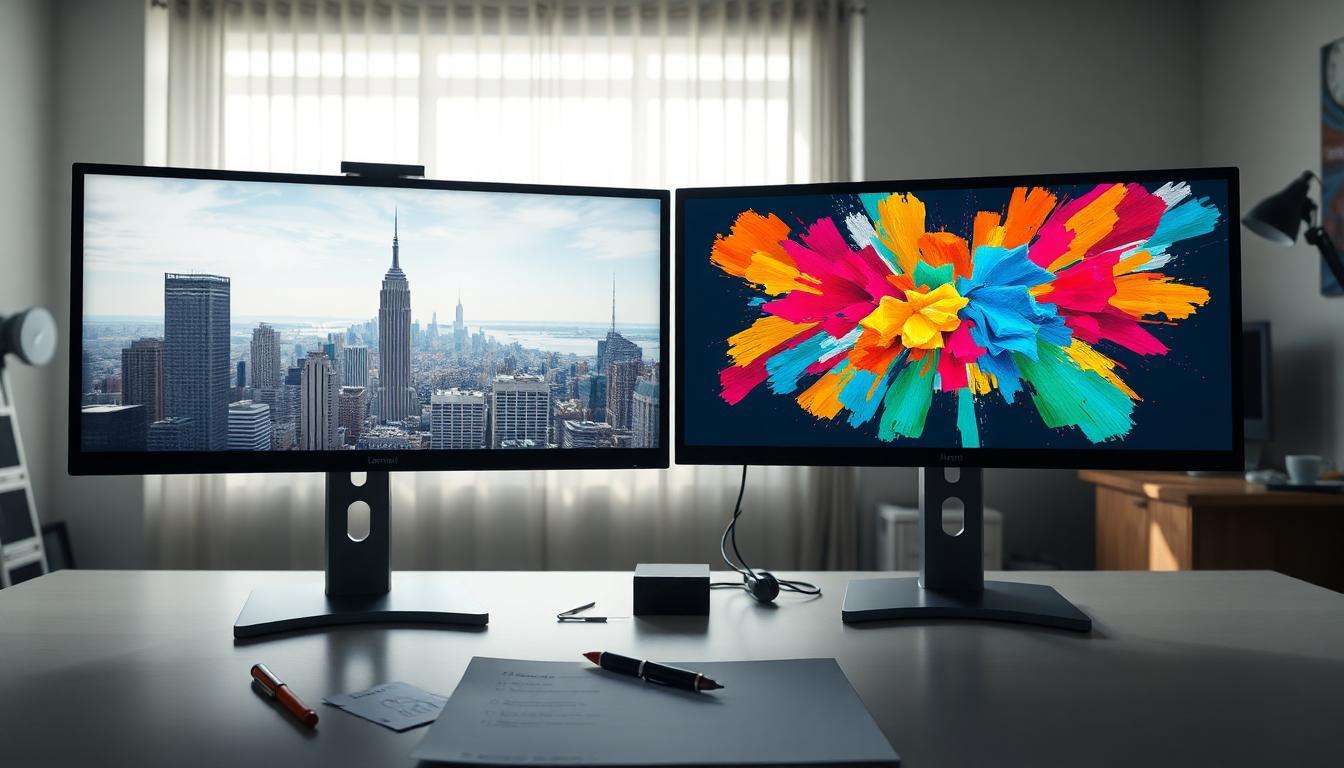
Image shows a real-world creator’s setup with Leonardo AI (left: lifelike assets) and Midjourney (right: artistic visuals). Image created with AI.
Ease of Use and Accessibility
You want to hit the ground running, especially when deadlines and campaigns don’t wait. Here’s what stands out:
- Leonardo AI is fully web-based. You log in, type your prompt, and start generating. Navigation feels familiar to anyone who’s used creative tools before. No downloads, no add-ons, and no learning curve beyond the basics of prompt writing or browsing a dashboard. For teams and new users, this results in less friction and a faster initial experience. If your company IT blocks outside chat platforms or you’re running on managed systems, there’s less to work through. I’ve found it takes about five minutes to go from signup to making a usable image.
- Midjourney works inside Discord. If you’ve never touched Discord before, get ready for a learning phase. You’ll join servers, hunt for the right channels, manage prompts with slash commands, and keep tabs on community etiquette. For new users, this can feel like walking into a busy café with your laptop—fun if you’re social, intimidating if you’re focused on delivery. However, once you adapt, the Discord workflow enables a constant buzz of creative feedback, quick sharing, and direct inspiration from other users. That community effect can help you find styles and tricks you’d miss elsewhere.
- Experienced creators will notice that Leonardo AI lets you lock in preferred models and re-use templates, which reduces prompt fatigue. With Midjourney, you become proficient in command-based prompt enhancement and community sharing, but the process remains more manual.
- Setup requirements can tilt the scales: Leonardo AI wins if you need simple onboarding for a team, want web-only access, or require compliance with more locked-down corporate policies. Midjourney is better for those who’ll trade convenience for community-driven growth and idea cross-pollination.
For a detailed discussion about onboarding, workflow friction, and first user impressions, see this comparison from real creators in Battle of the AI Art Generators: Leonardo AI vs. Midjourney.
Customization and Control
Customization is where the real fork in the road appears—these two tools speak to different creative drives.
Leonardo AI packs deep customization features built for marketers and production designers. The platform lets you:
- Train custom models on your own images, so your future generations keep your exact brand feel.
- Use negative prompts, prompt weighting, and style locks to keep outputs consistent across projects.
- Build and re-use prompt templates, streamlining large campaigns that demand brand alignment.
- Fine-tune image characteristics after generation via the AI Canvas and Alchemy Upscaler, with support for editing, upscaling, and format tweaks.
Teams needing brand consistency, asset libraries, or reusable templates see clear productivity wins here. Creative pros who want outputs that don’t drift from their vision will get the most mileage from Leonardo’s custom tools.
Midjourney is about artistic freedom and flexible improvisation. Customization comes from:
- Advanced prompt techniques, including parameter tweaking, “style reference” links, and built-in remixing commands.
- Fast stylistic exploration, from hyperreal to painterly, just by tweaking prompt descriptors or model versions.
- Reliance on community presets and reference images to steer output without model training.
If your job is creative concepting or mood board production, this flexibility is perfect. You sacrifice a bit of predictable brand lock for the chance at real visual surprises.
Here’s an at-a-glance comparison for customization features:
| Customization Feature | Leonardo AI | Midjourney |
|---|---|---|
| Custom model training | Yes | No |
| Prompt weighting/negatives | Yes | Limited via modifiers |
| Template/library support | Strong | Community-driven |
| Direct control post-gen | AI Canvas, Alchemy Upscaler | Remix prompt, minor edits |
| Community references | Growing, more curated | Large and constantly active |
Quick tip: If your end goal is reliable, on-brand output for campaigns, Leonardo AI is purpose-built for you. If you want to riff, experiment, and pull inspiration from a crowd, Midjourney lets you chase happy accidents every session.
You can dive into nuanced feature breakdowns and see workflow walkthroughs in this extensive analysis and compare side-by-side examples in AI Art Creators’ hands-on post.
For truly specialized projects, some teams even blend tools: they use Leonardo AI for final, polished image sets and Midjourney to brainstorm broad creative directions. This hybrid workflow taps both consistency and inspiration.
In essence, your choice in the “leonardo ai vs midjourney” standoff comes down to whether you’ll prioritize clarity, control, and process (Leonardo) or creative range, community energy, and flexible exploration (Midjourney). For further reading, check detailed project-based comparisons and see how each tool is updated for 2025 in the definitive comparison guide.
Output Quality: Art Styles, Versatility, and Consistency
Understanding how Leonardo AI and Midjourney stack up in terms of output quality is where theory meets reality for most creators. Whether you need images that blend seamlessly into campaign assets or bold artwork that grabs your audience in a scroll, selecting the right tool starts here. Let’s break down what real-world image creation actually looks like with both platforms and, just as important, where each tool’s strengths and quirks show up in daily use.
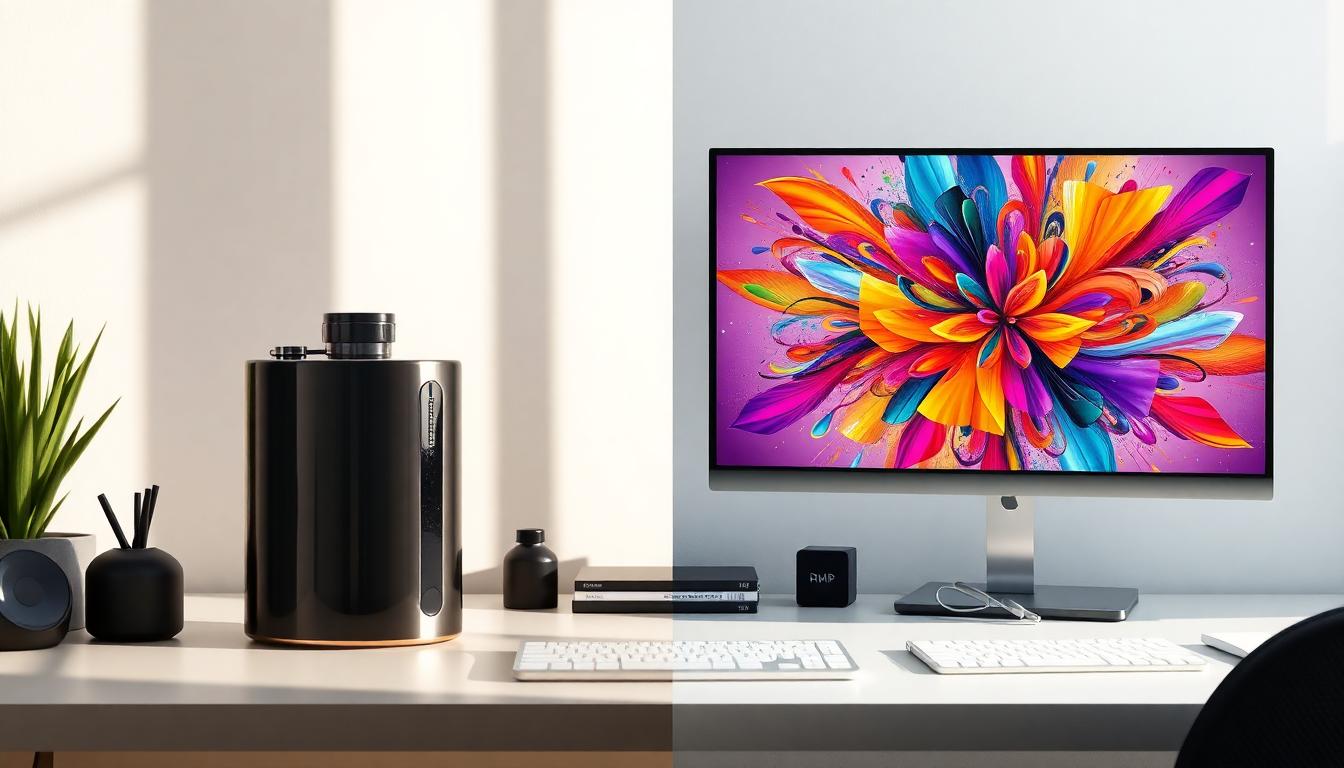
Image illustrates the typical output: left shows a product shot from Leonardo AI (realistic and sharp), right shows a vivid abstract from Midjourney. Image generated by AI.
Artistic Range and Style Flexibility
At the heart of the “leonardo ai vs midjourney” debate is this: what kind of images can you really make, and how repeatable is that process?
Leonardo AI is best known for photorealistic work. If you feed it well-structured prompts, it delivers images almost indistinguishable from actual photography. Here’s where it excels:
- Product visuals, mockups, and ad units that need a familiar, human look
- Brand photography that avoids the uncanny AI vibe
- Uniform lighting, color, and detail levels (great for multi-asset campaigns)
Pro tip: For catalog images or anything that ends up next to real photos, Leonardo wins out of the box. Fine-tuning models and style locks let you clone your house style with minimal drift, so your library feels tight and intentional.
Midjourney, meanwhile, is built to explore style and mood over pure realism. It shines in:
- Album covers, mood boards, and editorial visuals
- Painterly, textured, or hyper-stylized results that “pop” in crowded feeds
- Fast, in-prompt style changes—lean bold, surreal, retro, or cinematic, all with small tweaks
In practice, this means if your job is to create visuals that make viewers pause, Midjourney makes that task easy and fun. Its versatility is less about subtlety and more about visual energy.
A detailed review at StarryAI’s comparison breakdown lays out the distinct “house style” each engine produces, with side-by-sides for multiple genres.
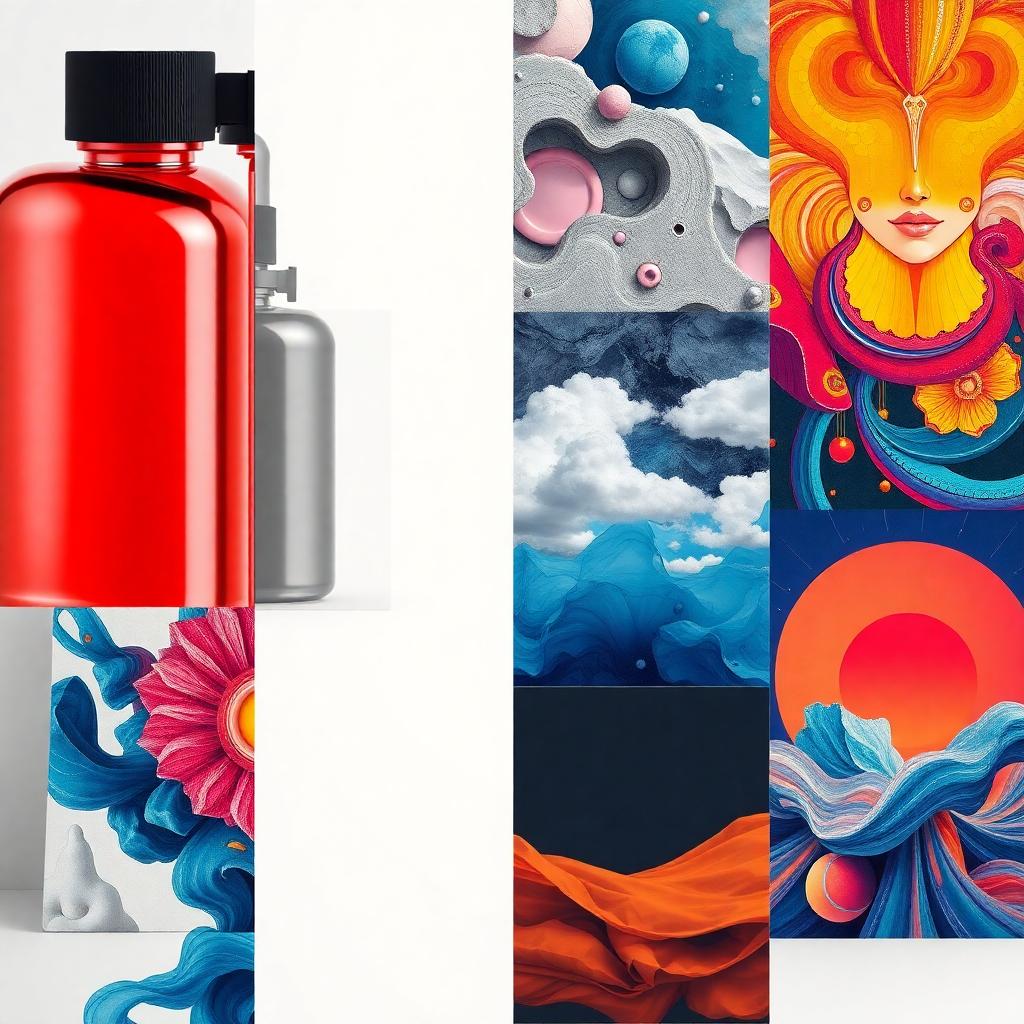
A close-up look at how AI models handle different styles: photorealism, painterly effects, posters, and digital surreality. Image generated by AI.
Versatility Across Use Cases
Both Leonardo AI and Midjourney are flexible, but the flavor of their flexibility is different. If you run campaigns that jump from social to print to email, here’s how that shakes out:
- Leonardo AI supports batch generation and output scaling, which saves time for marketers who need banner sets or image variants. You can keep everything on-brand and consistent between formats. The platform’s output is tuned for practical, production-ready use, and its interface encourages you to build template libraries for repeat campaigns.
- Midjourney is a wildcard. Its community ecosystem produces thousands of “prompt recipes,” making it easy to chase bold new directions. Want a prompt for something obscure, like “cyberpunk fruit basket in watercolor”? Odds are, you’ll find a tested formula in the Discord. This makes it better for concepting, exploratory visuals, or whenever you want fresh eyes on familiar content.
Hands-on users often end up with two workflows: Leonardo to build final assets, Midjourney for brainstorming and inspiration sessions.
For a direct user perspective, the long-form review at ContentBeta shows how both tools handle a full campaign—from initial idea sketches to finished promotional banners.
Image Consistency and Repeatability
Marketers, especially those locked into brand guidelines, put a premium on consistency. Here’s the split:
Leonardo AI provides:
- Reliable color, layout, and style across sessions
- Custom model training, allowing for brand or campaign-specific looks
- Negative prompts and style locking for tight quality control
Midjourney is less predictable by default, but improved “versioning” lets you select older or newer models for vague style alignment. Still, minor changes in prompts or Discord channel settings can lead to big differences in output. This is a double-edged sword: ideal for creative exploration, but trickier for delivering exact matches every time.
A hands-on thread in this Reddit discussion highlights the ongoing debate: some creators crave the chaos of Midjourney, others depend on Leonardo’s guardrails.
Quick Reference Table: Output Quality Essentials
| Criteria | Leonardo AI | Midjourney |
|---|---|---|
| Best for | Photorealistic, on-brand visuals | Artistic, bold, novel styles |
| Consistency | High (with custom training/tools) | Medium (controlled via prompt tweaking) |
| Versatility | Broad, but tuned for real-world use | Broad, more improvisational |
| Post-process control | Strong (templates, upscalers, canvas) | Remixing and style swapping in Discord |
| Community-sourced recipes | Limited, more curated | Massive, rapid-fire sharing |
Final Thought on Output Quality
Output quality comes down to your definition of success: campaign-ready realism or creative firepower. As a content pro, my projects often require both. I bounce between Leonardo AI’s control (for final deliverables) and Midjourney’s energy (for the blue-sky phase). It’s not about one being “better”—it’s about matching tool to task, every time. For even deeper technical takes, check out the in-depth review on Designity.
If you’re comparing other AI tools for output consistency, you might find the discussion in my Copy.ai review 2025 useful—some of the lessons there transfer straight into art workflows.
Pricing, Plans, and Overall Value
When it comes to AI art tools, price usually goes hand-in-hand with value—especially if you’re running campaigns at scale or need predictable monthly costs. The “leonardo ai vs midjourney” choice is rarely just about headline features or raw output. Instead, it’s about which platform gives you enough flexibility for your budget, meets your business needs, and doesn’t hit you with hidden fees or usage headaches. Here’s a real talk breakdown of where each tool stands on plans, pricing, and raw value for marketers, creators, and teams.
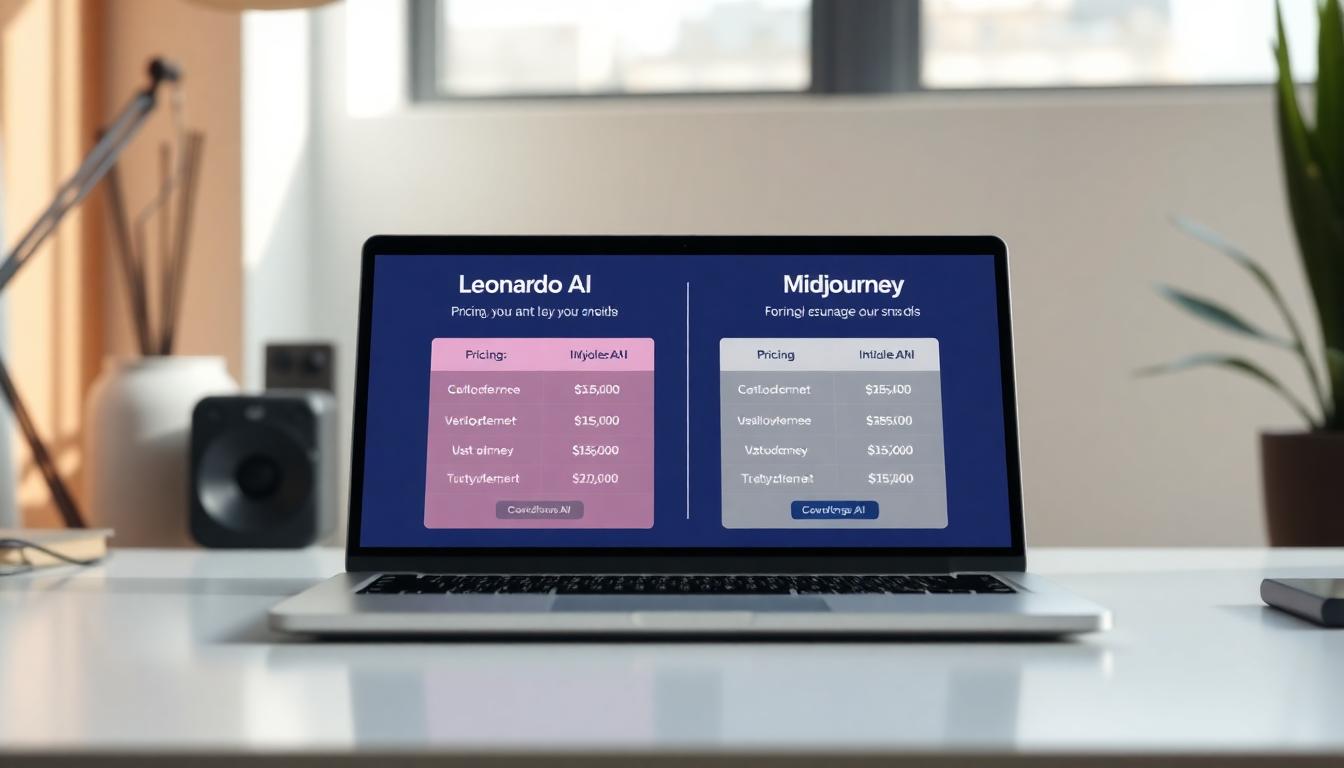
Photorealistic desk with pricing comparisons, made to represent the decision process between Leonardo AI and Midjourney plans. Image generated by AI.
Leonardo AI Pricing Overview
Leonardo AI leans hard into flexibility and accessibility with its plans. If you’re not ready to pay, you can actually get a lot done on a free plan—enough to prototype or even ship small projects before ever putting down a credit card. Paid options kick in for users who need more firepower, faster output, or commercial rights. Here’s the basic breakdown:
- Free Plan: Great for testing, with a daily cap (often 150 tokens a day, giving you dozens of images). Commercial use is included, a rarity among top-tier AI image generators.
- Apprentice Plan: About $10/month (billed yearly), unlocks higher daily limits, slightly faster queues, and larger images.
- Artisan Plan: Popular with freelancers, runs around $24/month (billed yearly), granting more tokens, priority rendering, and access to advanced upscaling or editing tools.
- Maestro Plan: Aimed at agencies or teams, with premium support, API access, and enterprise volume. Pricing can float based on scale and team needs.
For the latest numbers and more context on tier differences, see this side-by-side price chart at ContentBeta’s comparison review.
Key value for Leonardo AI:
- Generous free option for students and side hustlers.
- Commercial rights even on free.
- Plans scale well with growth—no huge jumps between tiers.
You can use Leonardo for free and pay only when your workflow is ready for heavy lifting. Companies needing serious custom model access or API integration will want to price out the upper tiers.
Midjourney Pricing Overview
Midjourney takes a very different route. There’s no free plan. Everything runs through a monthly or annual subscription, and the tiers are structured almost exclusively for volume and power users.
- Basic Plan: $10/month for up to 200 image generations per month. Enough for casual users but runs out quickly for campaign work.
- Standard Plan: $30/month (unlimited relaxed mode with fast render quota), good for solo marketers, small studios, or consistent social use.
- Pro Plan: $60/month, unlocked concurrent jobs, priority rendering, and “stealth” generations if you don’t want your images public in Discord.
- Mega Plan: $120/month and up, built for agencies or viral creators who push thousands of images a month.
More specifics, plus extra tips on how usage credits and relaxed/fast mode work, can be found in this helpful Designity guide on Leonardo AI vs. Midjourney pricing.
Biggest difference compared to Leonardo AI?
- No true free mode: you pay before you play.
- All plans allow for commercial use, but you need at least a paid plan to get there.
- Workflows depend on Discord, so your usage is tied directly to their ecosystem.
If your image needs are bursty (spikes at campaign launches, then go quiet for weeks) or you need to test before committing, Midjourney’s entry cost can be a sticking point.
At-a-Glance Pricing Table
For the “just show me the numbers” crowd, here’s a visual comparison of the mainstream plans from both platforms:
| Plan Tier | Leonardo AI Monthly | Midjourney Monthly | Free Tier Available | Commercial Rights | Notes |
|---|---|---|---|---|---|
| Entry/Free | Free | $10 (Basic) | Yes | Yes | Leonardo’s free is production-use |
| Creator/Freelance | $10 (Apprentice) | $30 (Standard) | No | Yes | Midjourney jumps to $10 minimum |
| Pro/Team | $24 (Artisan) | $60 (Pro) | No | Yes | Capabilities expand by tier |
| Enterprise | Custom (Maestro) | $120+ (Mega) | No | Yes | Both offer API/business plans |
Overall Value: Which Wins for Your Budget?
The pricing battle between Leonardo AI vs Midjourney boils down to your work habits. If you want a tool you can test and even use for light commercial work at zero cost, Leonardo AI has an edge. Its token system means the ceiling is high enough for most solo marketers and side projects, and you only pay when you actually outgrow the limits.
Midjourney, on the other hand, is tailored for pros ready to spend right away, with a bias toward frequent content production or teams needing more power, privacy, or speed. Month-to-month budgeting is straightforward—no surprises, but no chance to try for free.
If cost control, bursty usage, or “try before you buy” matters most, Leonardo takes the win. If you’re going all-in for significant daily or team use (especially for artistic, signature visual output), Midjourney’s subscription makes sense.
For a more nuanced breakdown of contract restrictions, bonuses, and recent price shifts, check out detailed customer experience reports like Aloa’s side-by-side value review.
Value in the Broader AI Tool Market
When benchmarking against other creative AI tools, both platforms land well below the price of hiring photographers or illustrators for daily assets. Predictable, transparent plans are a strong point here compared to AI tools with ambiguous usage limits or locked “enterprise only” features (see how this played out in the Drift AI review 2025 if you want to compare with broader SaaS pricing trends).
Both Leonardo AI and Midjourney get extra points for giving clear commercial rights once you’ve paid—no headaches over usage, even for ads or product visuals.
Pricing isn’t the only piece of the puzzle, but knowing where your budget starts (and ends) often informs which features you’ll turn on first.
If you’re looking for how these plans stack up for hands-on daily content creation, mid-level teams, or big agencies, check out summary breakdowns and user feedback in real-world scenarios at ContentBeta’s detailed head-to-head comparison.
Conclusion
Leonardo AI and Midjourney both deliver when it comes to fast, high-impact visuals, but their strengths land in different zones. Leonardo AI stands out for anyone needing polished, photorealistic images, smooth onboarding, strong customization, and real workflow control. Marketers, SEO specialists, or brands needing campaign-ready assets will appreciate the predictability and free-tier access. Midjourney wins if you’re a content creator, designer, or agency looking for bold, artistic styles that feel truly original. Its community edges and evolving model keep visual ideas fresh, but onboarding through Discord is less direct and subscriptions kick in right away.
The right pick comes down to your workflow and creative priorities. Photorealism and production speed? Leonardo AI usually fits better. Boundary-pushing artwork, inspiration, and energetic community? Midjourney keeps things lively.
If you want a deeper take on features, real-world image tests, or tips for getting the most from each platform, explore the hands-on Leonardo AI review 2025 and Midjourney review 2025 for more detail and test cases.
What matters is choosing the tool that fits how you work. Try one, test a few campaigns, and always sanity-check the outputs before you publish. Thanks for reading—drop a comment with your own results or questions, and stay tuned for future practical reviews.
